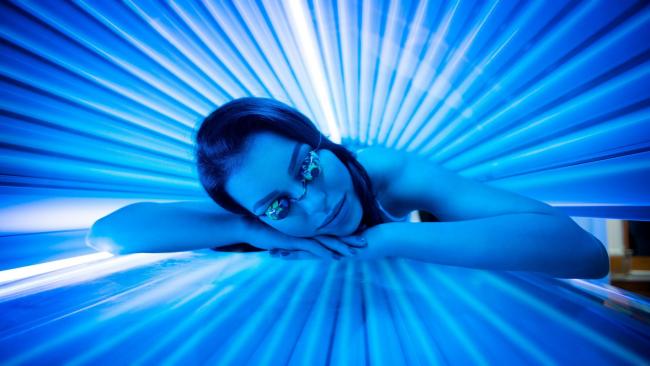
Since we are perfectly aware that you would love to maintain your tan during the cold season, we will try to meet your wishes and expectations with helpful tips.
A tan can be achieved by means of several methods: either naturally through sun exposure (usually during summer), or by using artificial tanning methods, such as tanning beds or self-tanning creams, lotions, or pills.
It is common knowledge that, besides providing you with an enviable golden look, controlled sun exposure can help cure skin diseases (e.g. psoriasis, eczema, or acne), enhances our body’s immune system, and even has an antidepressant effect.
However, you must know that natural tanning doesn’t necessarily imply sunbathing on the beach. Mountain tanning (obtained at an altitude of over 1800m) lasts much longer than seaside tanning, and the obtained colour has a different shade. This happens because the mountain atmosphere triggers a series of chemical processes that the sea does not.
Nevertheless, when direct sun exposure is not possible, you can always resort to artificial tanning methods. Artificial tanning is based on the same principles as the natural one. Therefore, just as in the case of sunbathing, our skin types determine how skin colouring is done.
Photo-type 1 and 2 are the most sensitive to UV radiation (i.e. they get burned easily). Experts recommend that people with these photo-types should use other methods of artificial tanning, such as cosmetics (self-tanning creams, or tanning pills).
Advantages of Tanning Beds
• Provides an even and rapid tan, practically on any part of the body.
• Can be used any time of the year.
• Due to the UV rays exposure, tanning beds have positive effects on the body, optimizing the vitamin D levels and boosting the immune system.
• Since the exposure time and UV wavelengths are carefully controlled, there are no risks of immediate skin damages (e.g. burns).
Disadvantages of Using Tanning Beds
Just like natural tanning, tanning beds present similar disadvantages:
• Prolonged and abusive UV light exposure leads to skin ageing and increased risk of skin cancer.
• Exceeding the recommended exposure time can cause the appearance of burns.
• Not using goggles can cause serious eye injuries.
People who have many moles and scars on the skin, or who have a very pale complexion should avoid using tanning beds and opt for cosmetic products instead.
Cosmetic self-tanning products usually act more like a superficial and temporary tattooing of the skin.
Their effects are superficial and have absolutely no effects on the melanin cells. Though there is a wide range of self-tanning products, there are certain differences between them, especially in terms of speed, power, homogeneity, or durability.
Their use and application normally require certain skills, mainly because in order to obtain good results, it is necessary to apply the product evenly.
Otherwise, there may remain uncovered areas that are not precisely aesthetic.
To learn more about the safest and best tanning method possible follow this link.